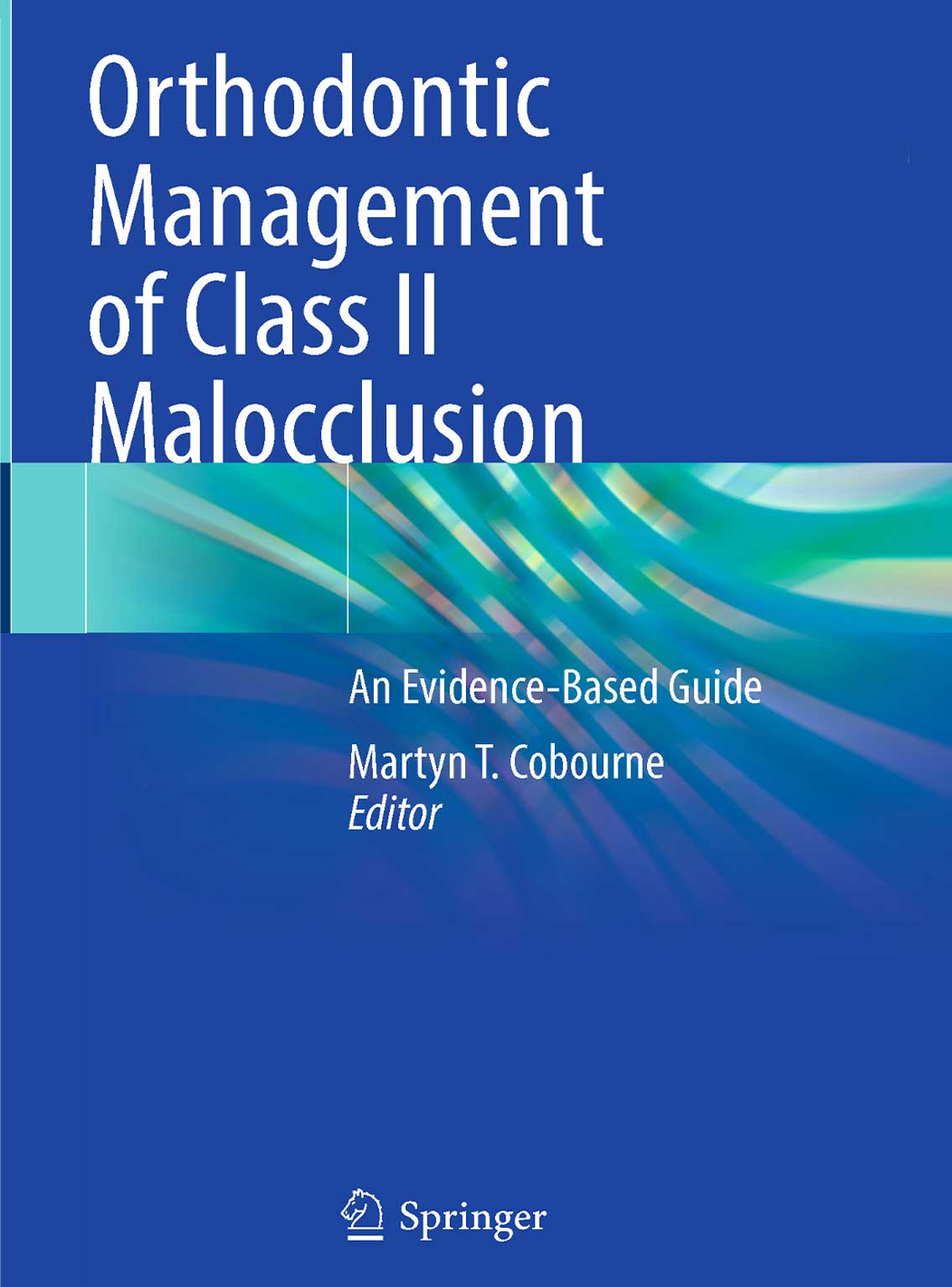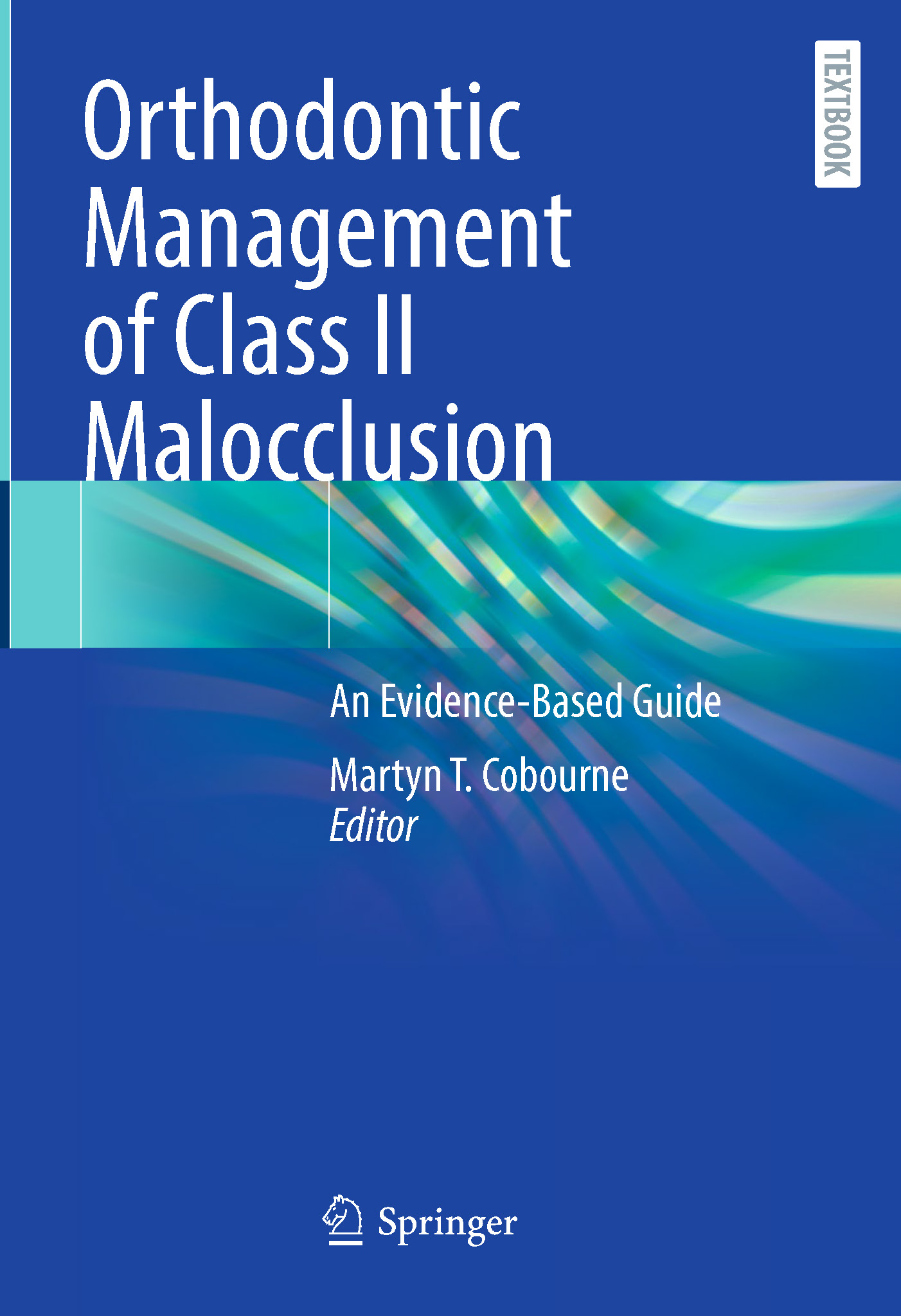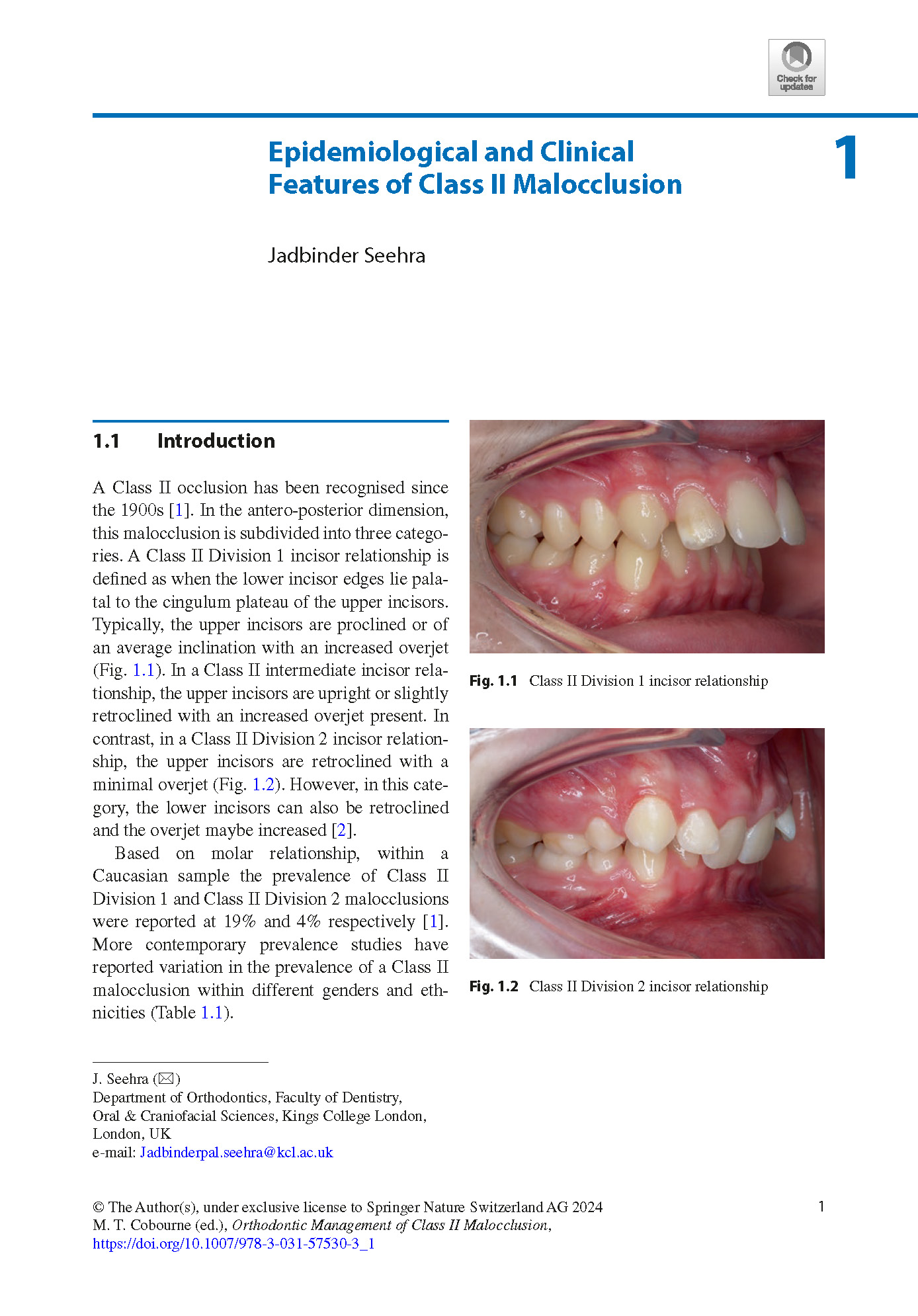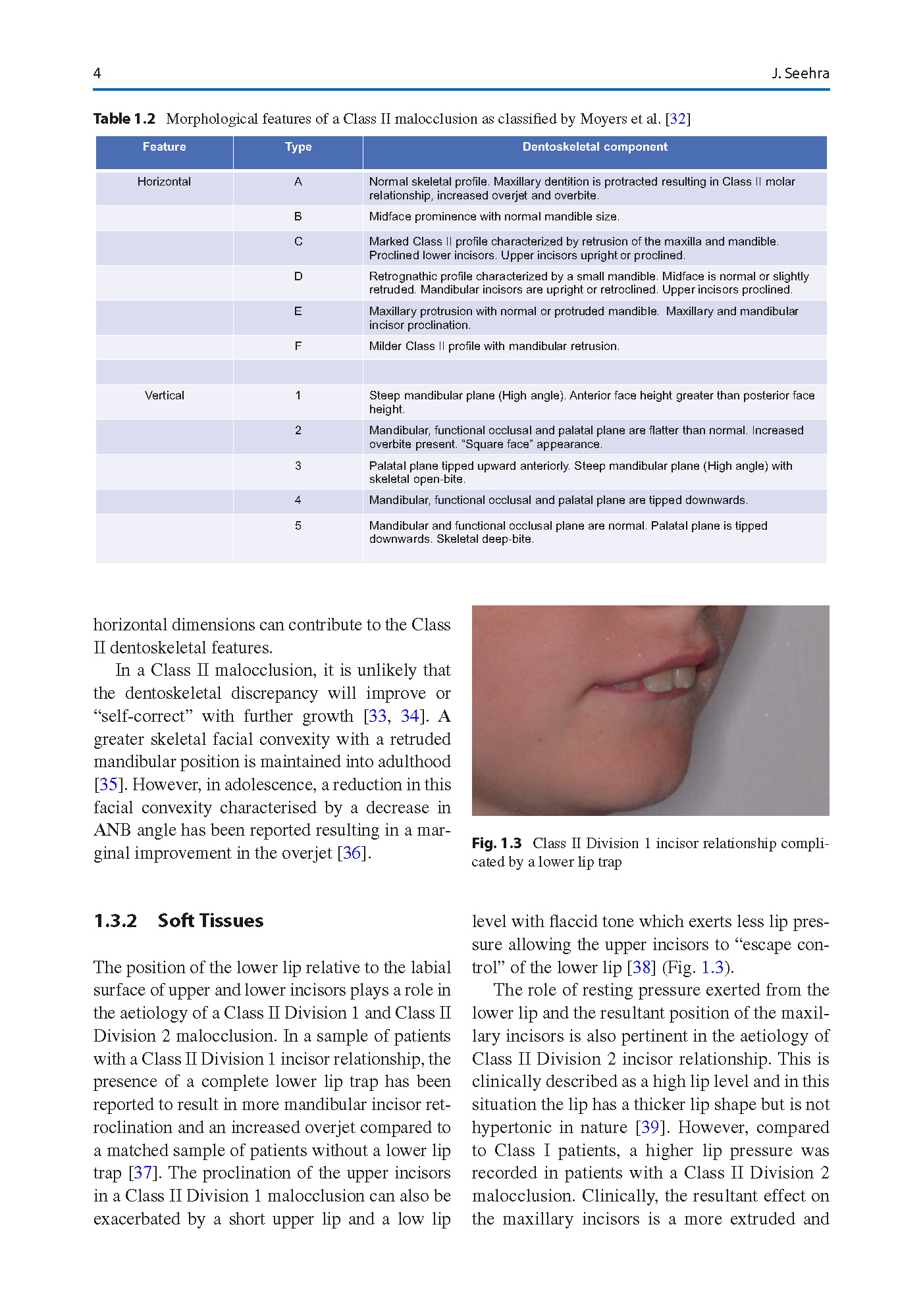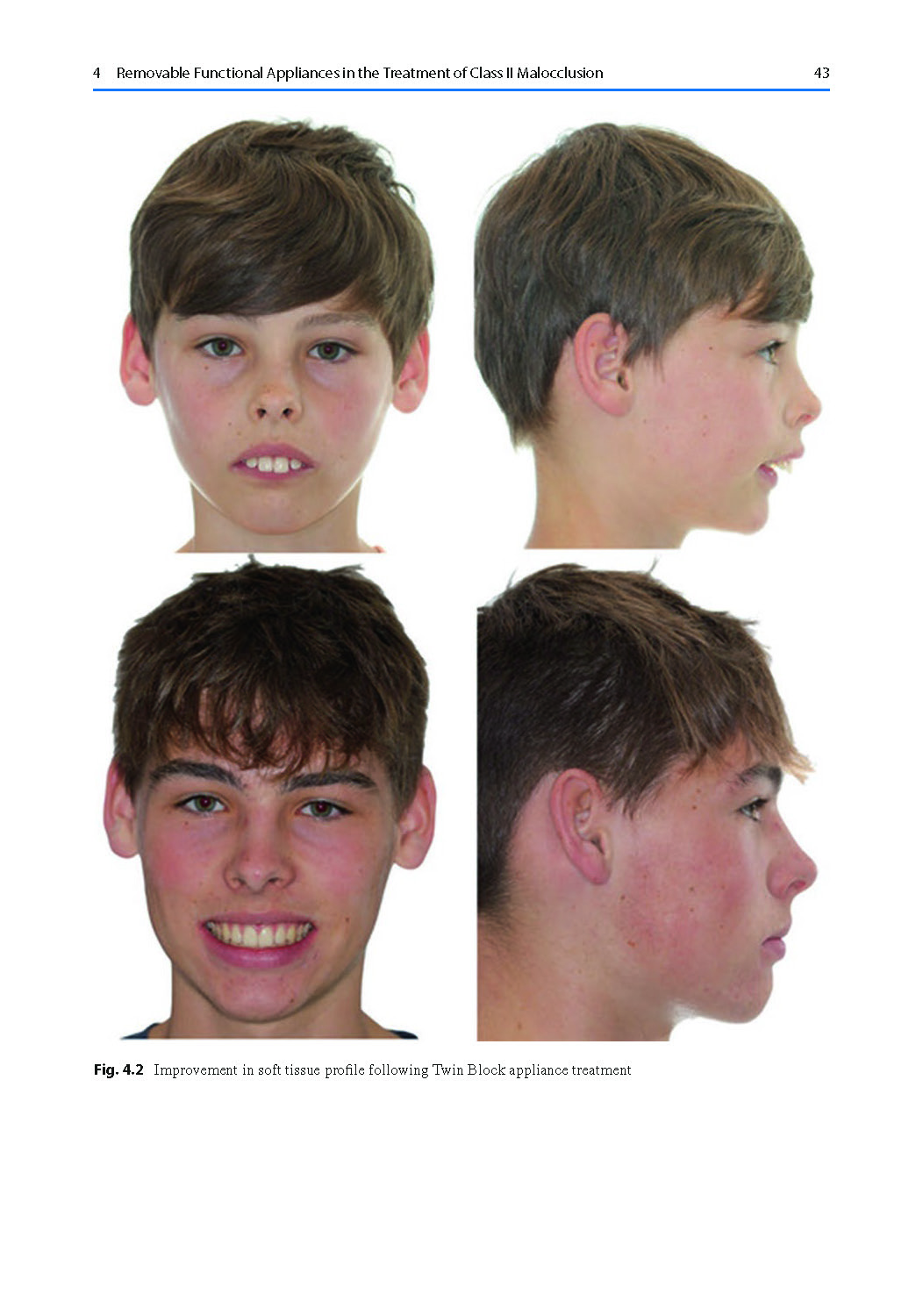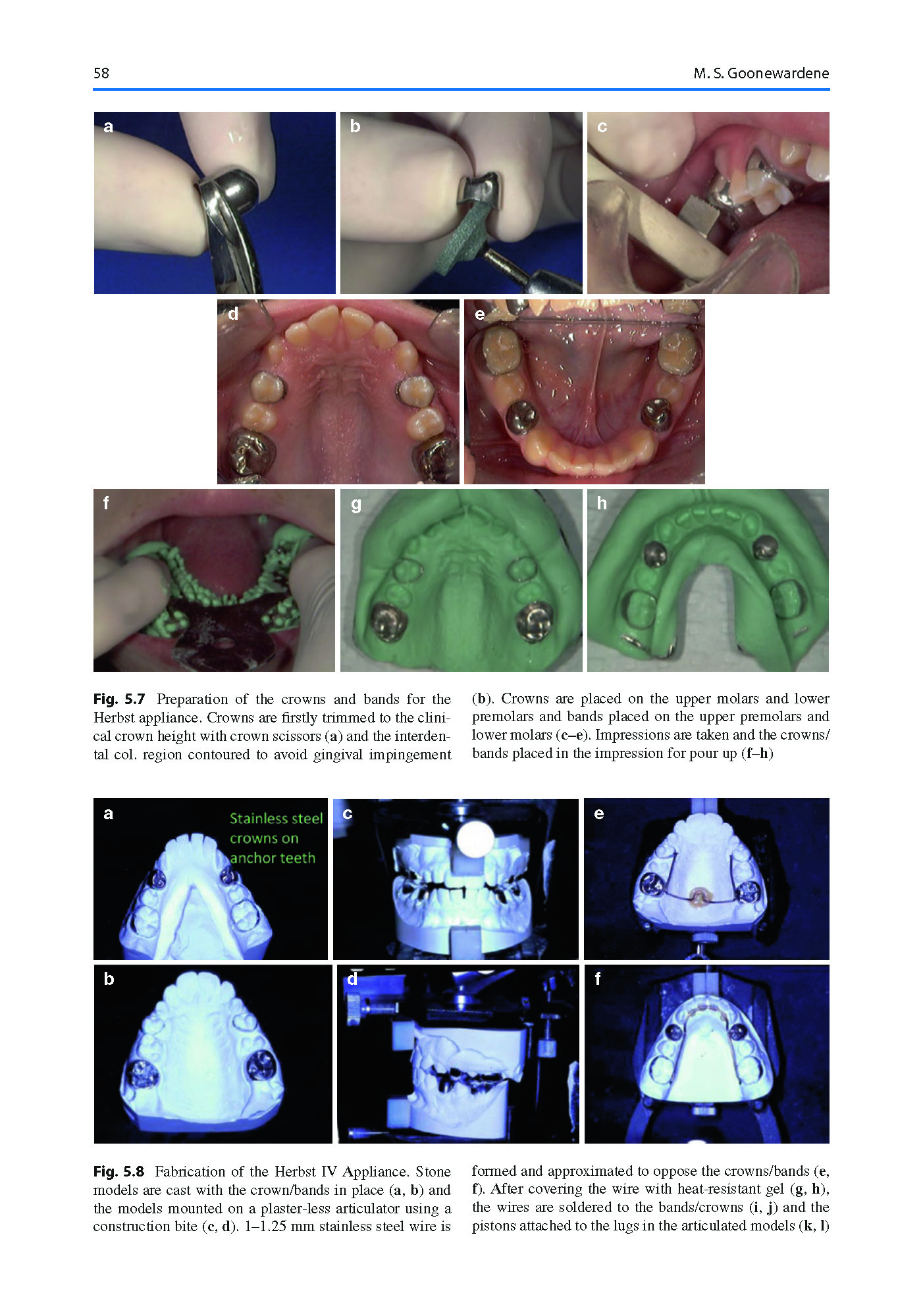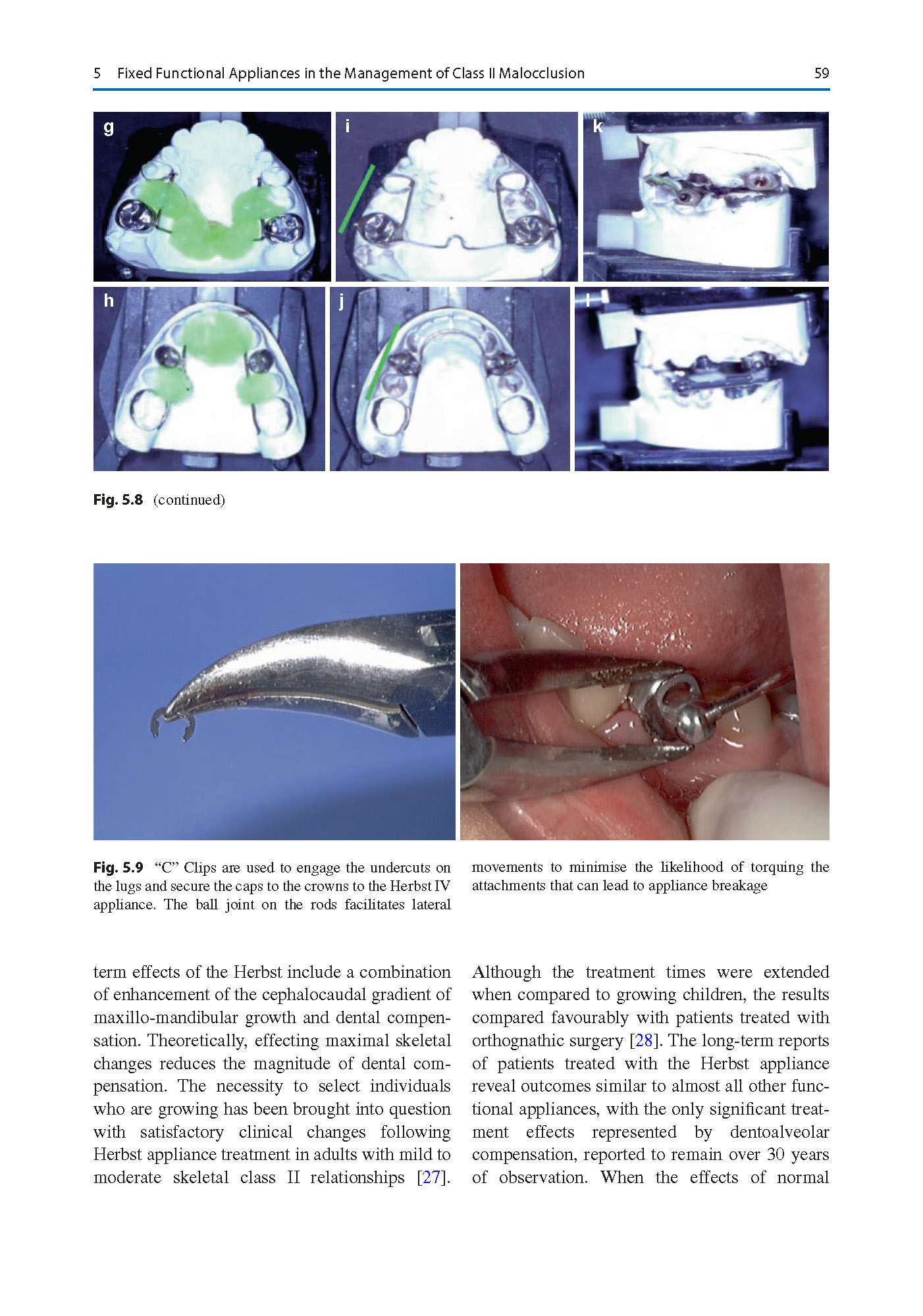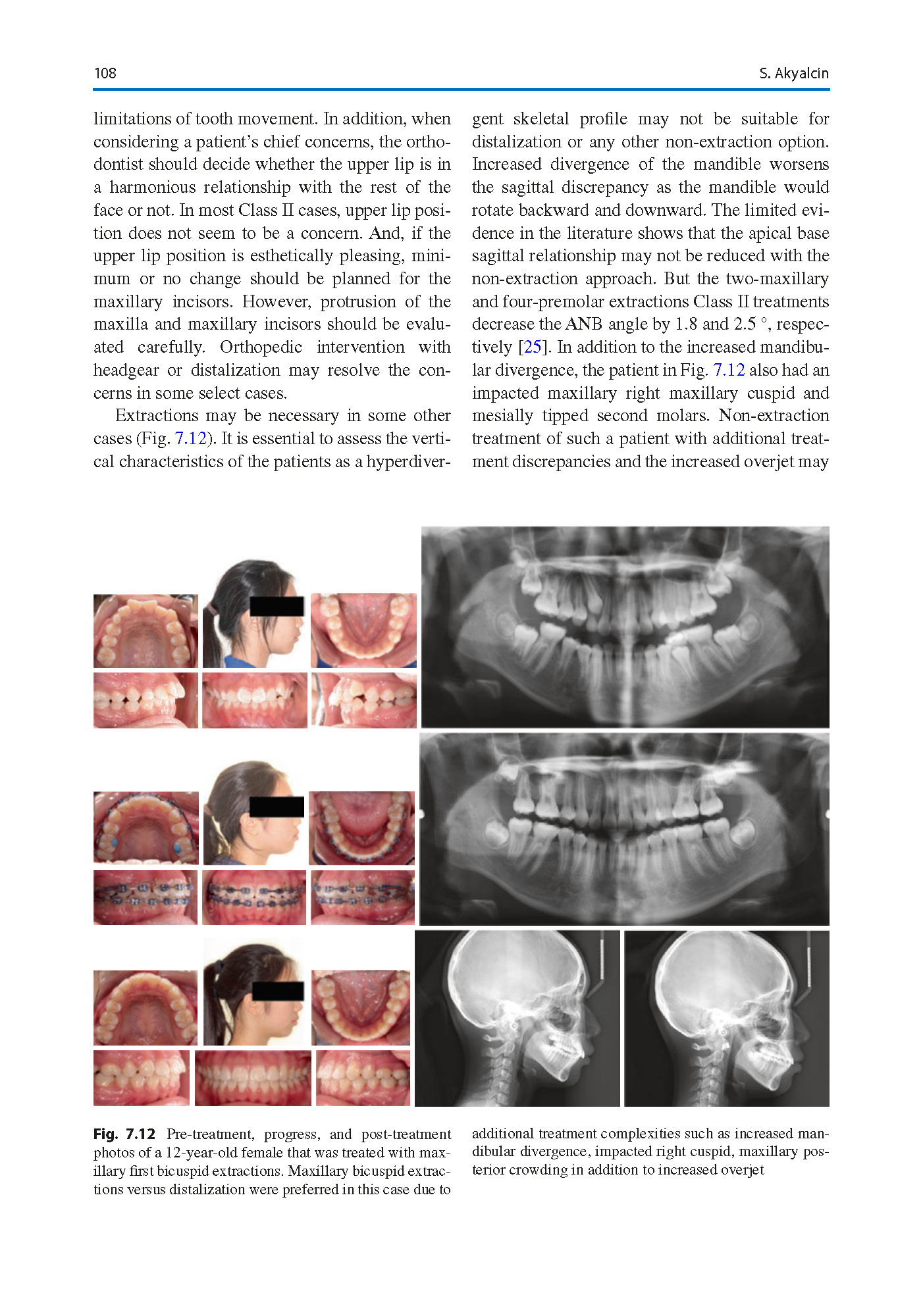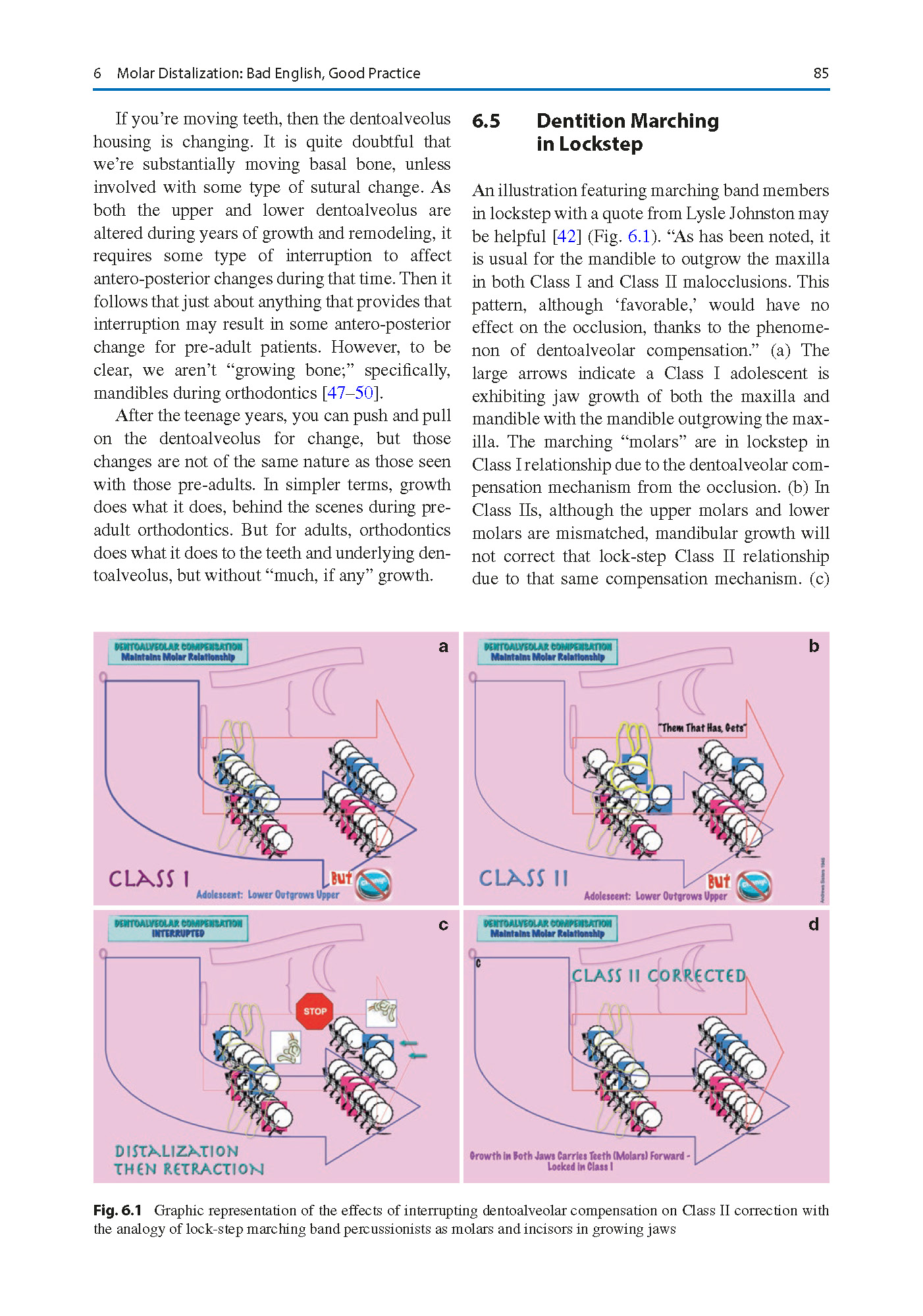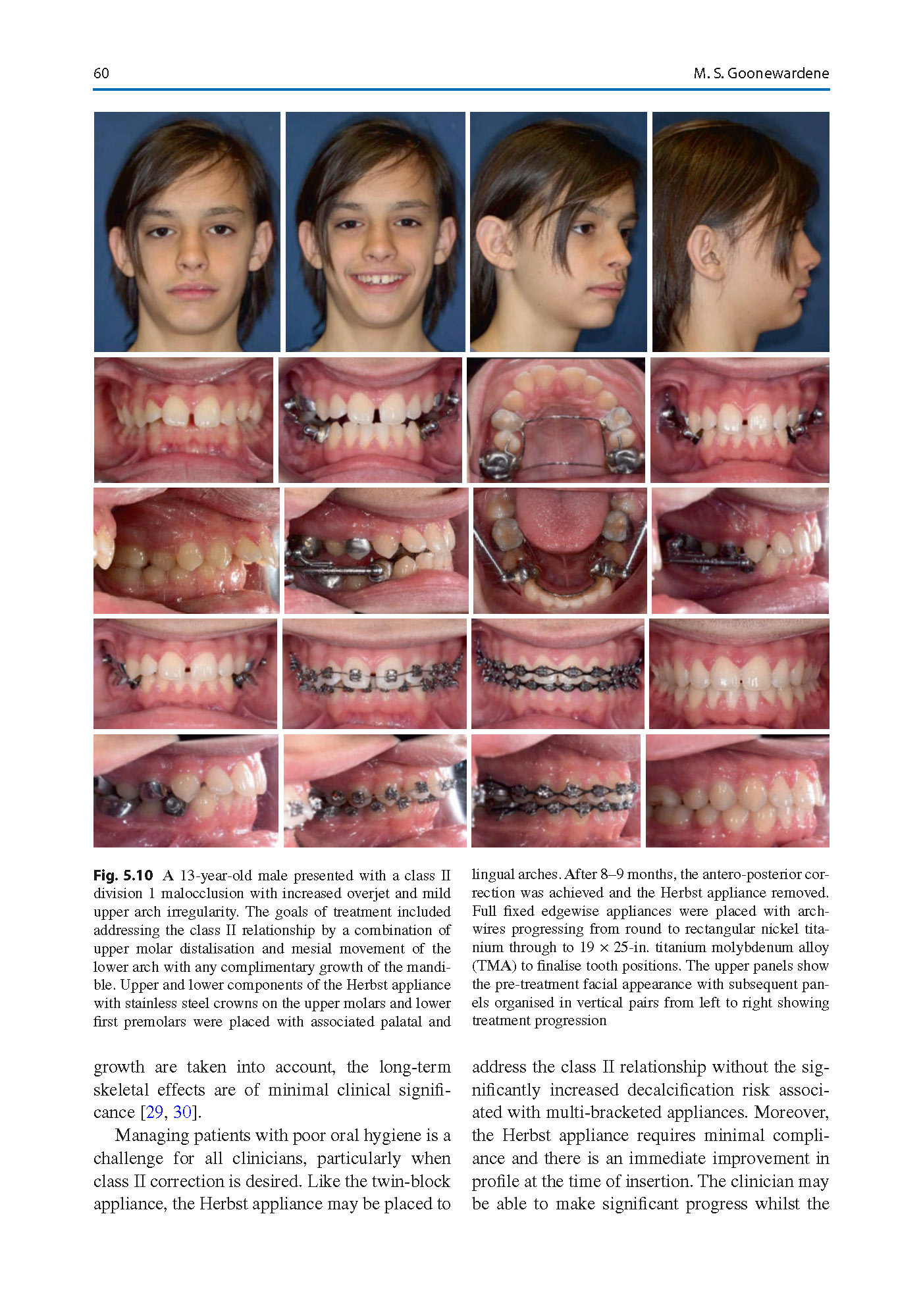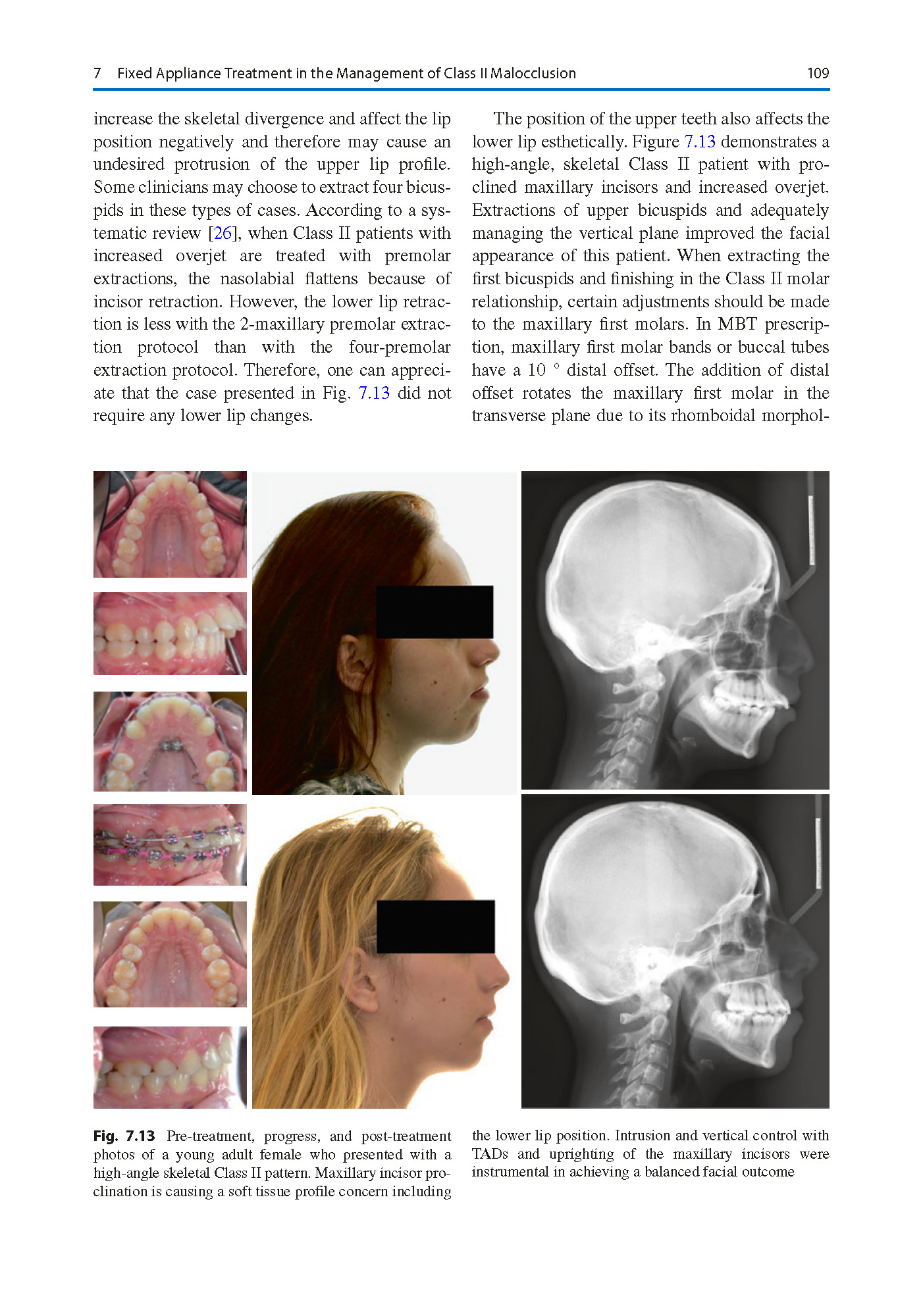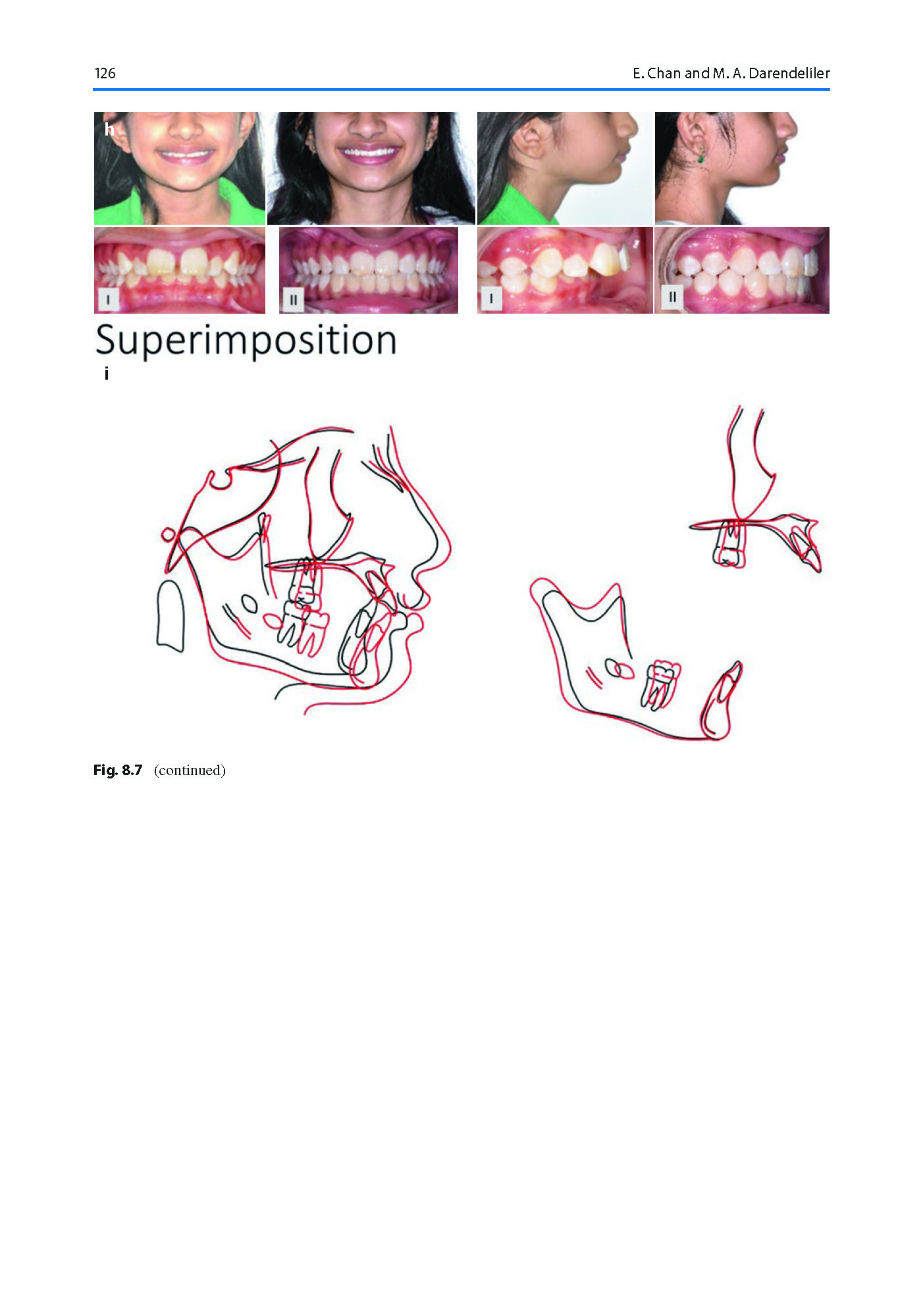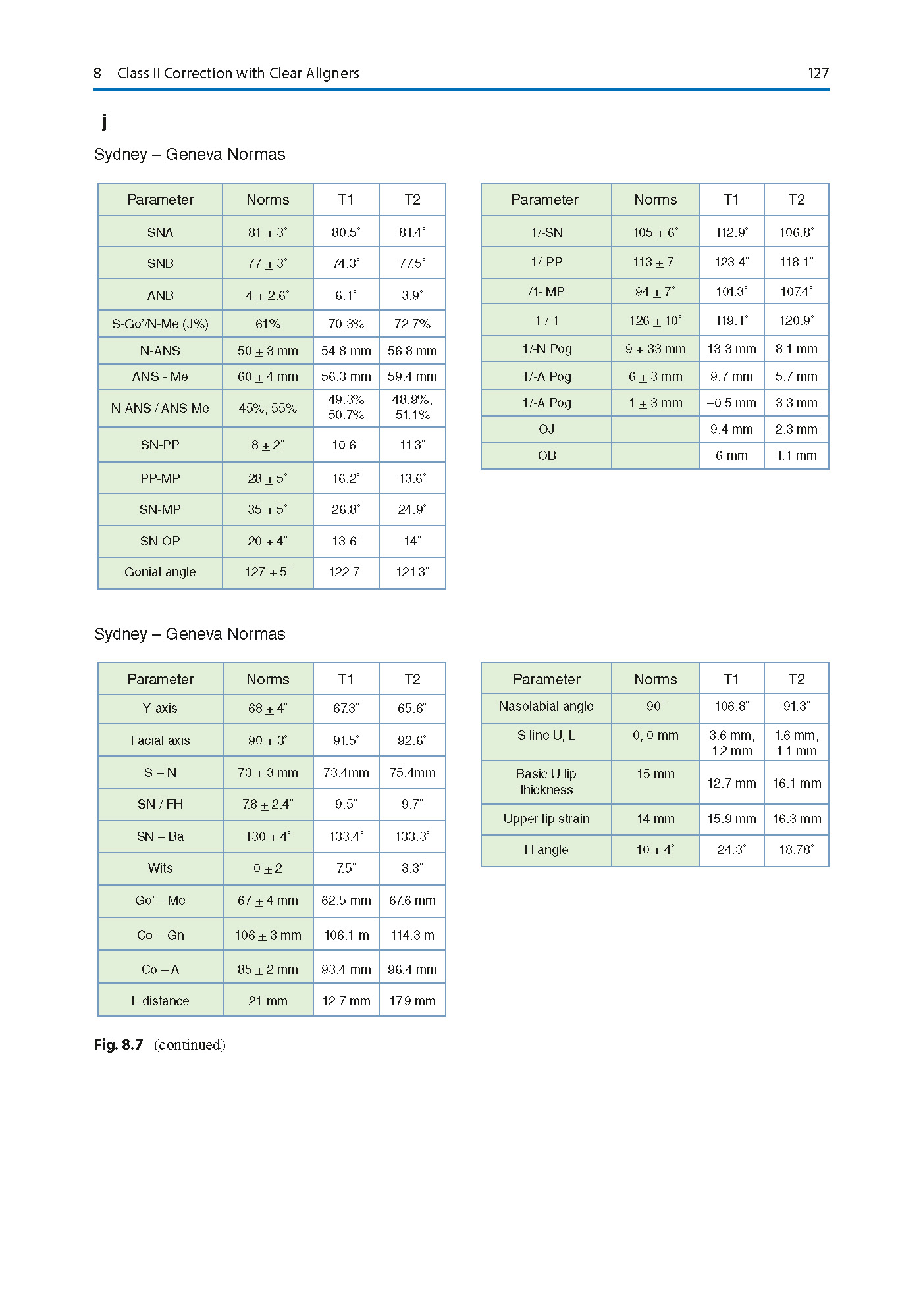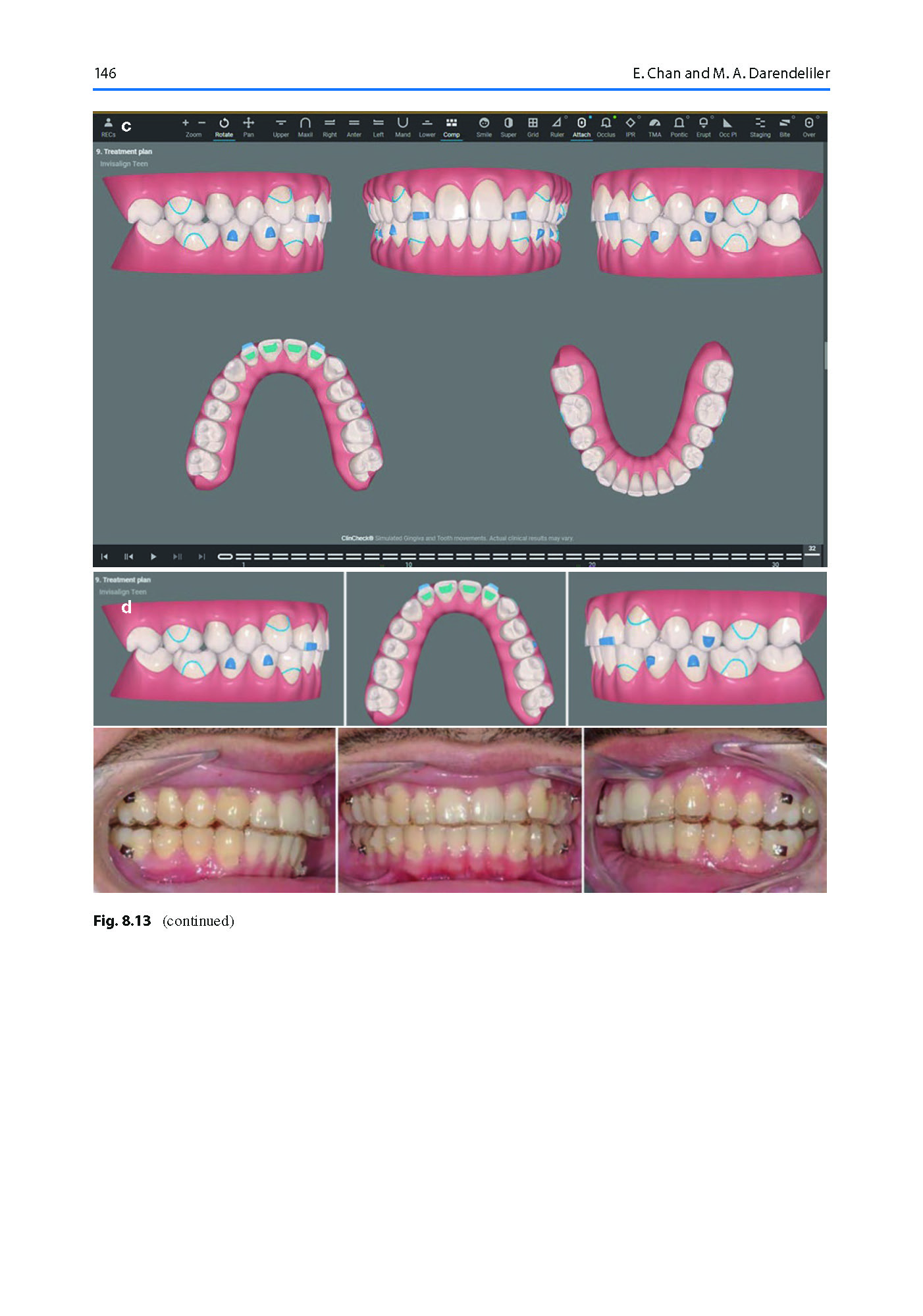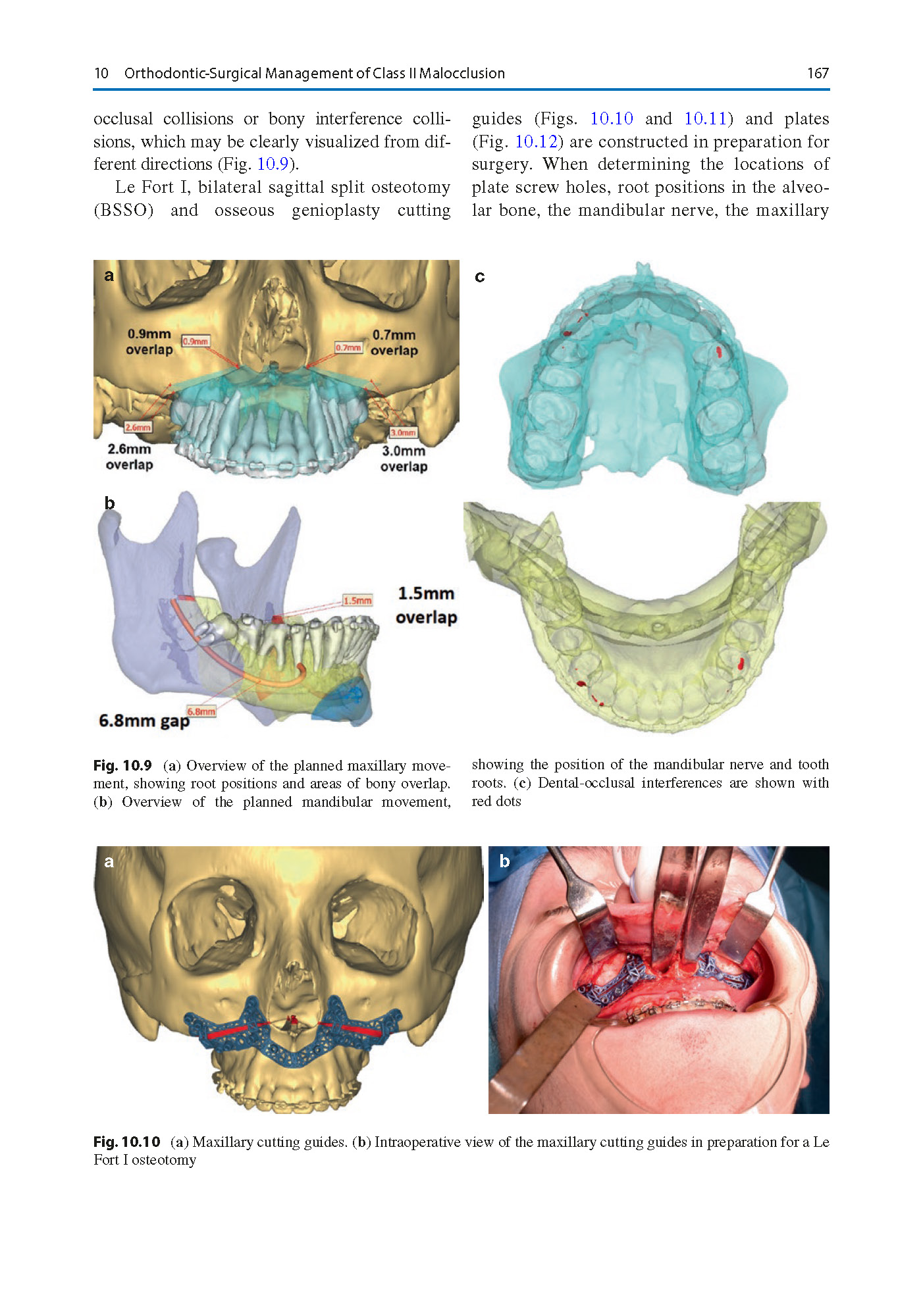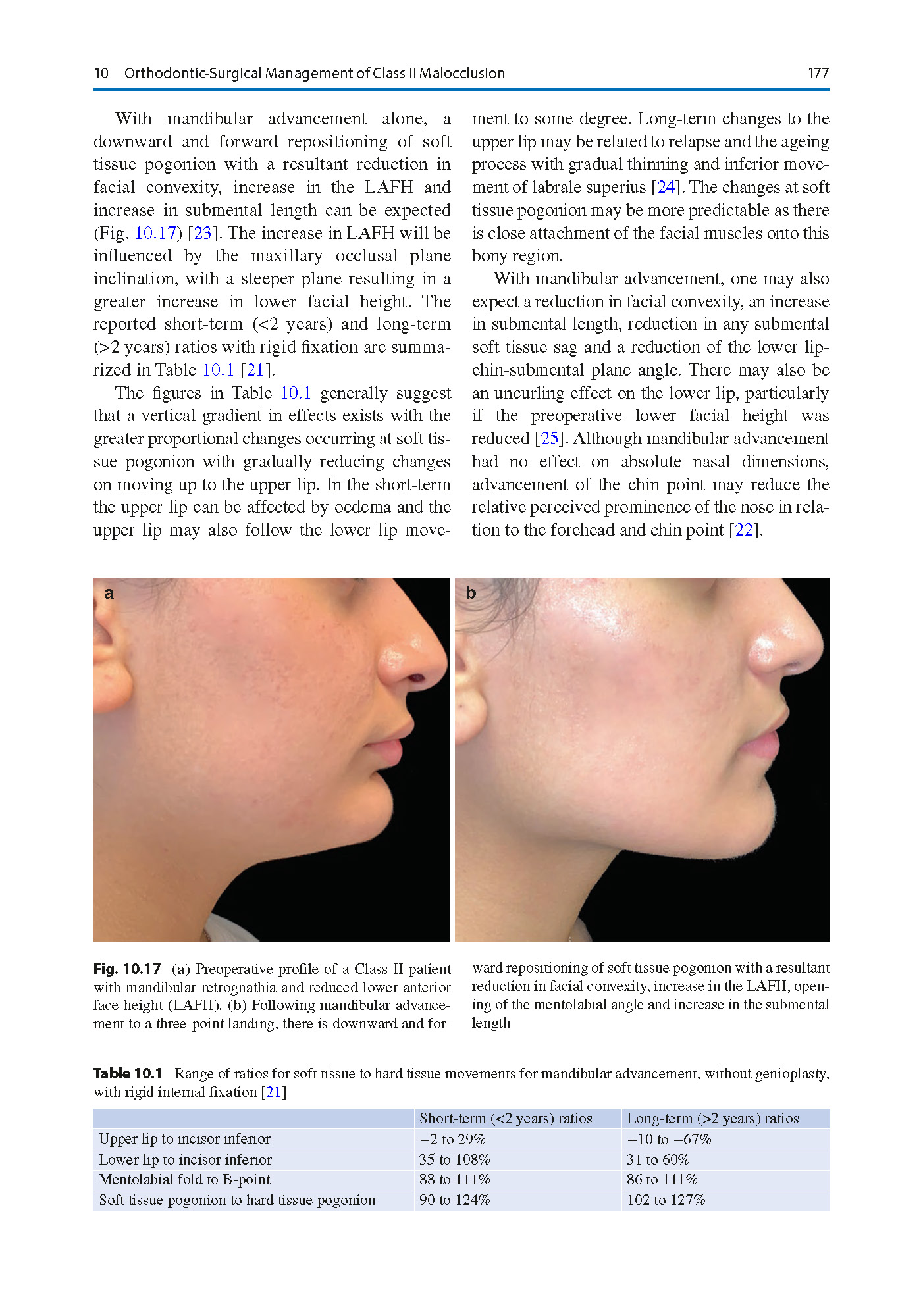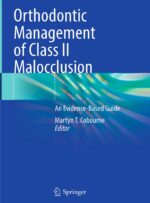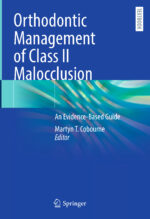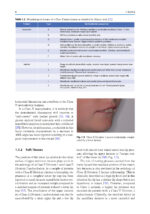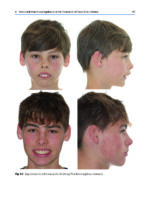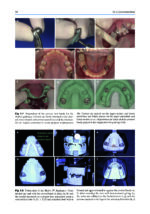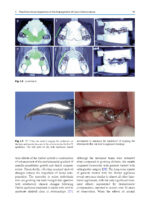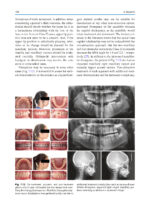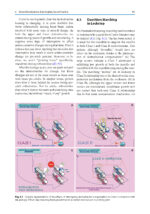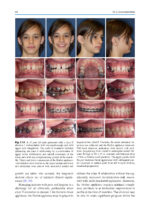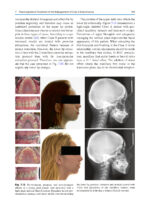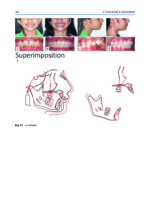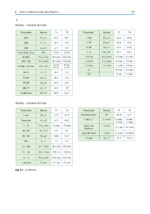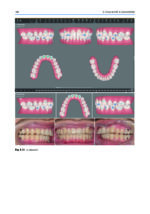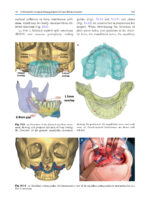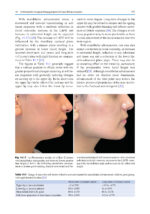Orthodontic Management of Class II Malocclusion: An Evidence-Based Guide 2024
۸,۸۰۰,۰۰۰ ریال قیمت اصلی: ۸,۸۰۰,۰۰۰ ریال بود.۷,۴۸۰,۰۰۰ ریالقیمت فعلی: ۷,۴۸۰,۰۰۰ ریال.
کتاب افست “Orthodontic Management of Class II Malocclusion: An Evidence-Based Guide 2024” ویرایش اول
| Author | |
|---|---|
| Copyright Year | |
| Cover Type | |
| Dimensions | |
| Edition Number | |
| Page Count | |
| Paper type | |
| Print color | |
| Publishers | |
| ISBN Number | |
| Weight |
Class II malocclusion represents a significant component of the day-to-day case load for most working orthodontists. It manifests with a wide range of clinical variation and can represent something of a challenge to achieve consistently successful outcomes. This textbook has been written as an evidencebased guide to the clinical management of class II malocclusion and will serve as a useful reference for all clinicians interested in managing this wideranging malocclusion. The chapters have been written by an international group of orthodontists with considerable experience and expertise in the theoretical and practical aspects of class II management. The first section of the book contains a brief overview of the clinical and epidemiological characteristics of class II malocclusion, followed by a discussion of treatment timing and then an extensive overview of the contemporary evidence base relating to outcomes for class II treatment. The second section deals with the practical aspects of managing class II treatment in children and adults and includes chapters on the use of removable and fixed functional appliances, molar distalisation, fixed appliances, and an outline of current aspects relating to aligner-based treatment. These chapters are followed by a separate overview of class II division 2 treatment and a final chapter on orthodontic-surgical management of class II cases. This text will be of interest to specialist trainees in orthodontics, newly graduated orthodontic practitioners, and those with more experience in managing class II cases. It provides a succinct and definitive overview of strategies aimed at correcting this type of malocclusion with multiple clinical examples and reference to the contemporary evidence base. We hope it will be of relevance to the global orthodontic community and will find its place on their bookshelves.
London, UK
Martyn T. Cobourne
